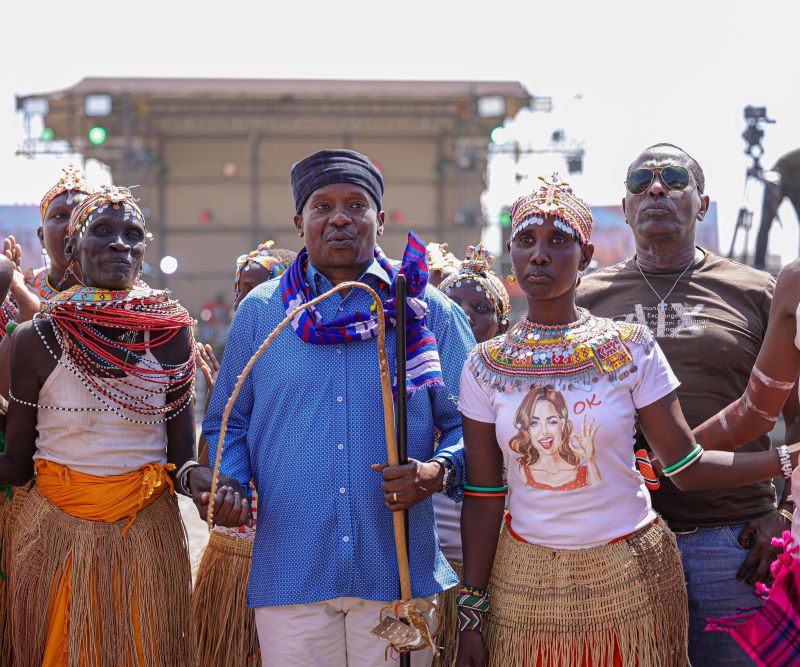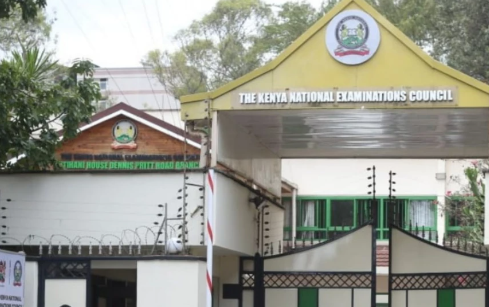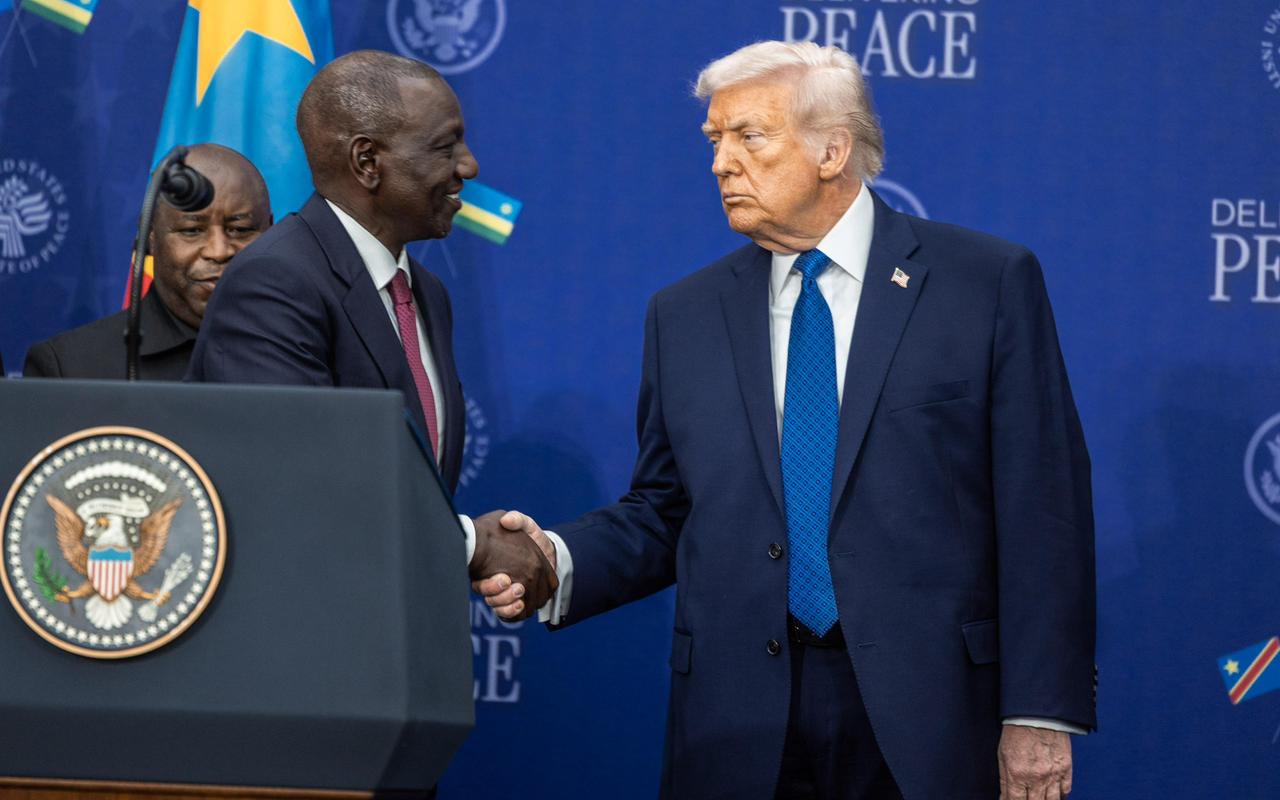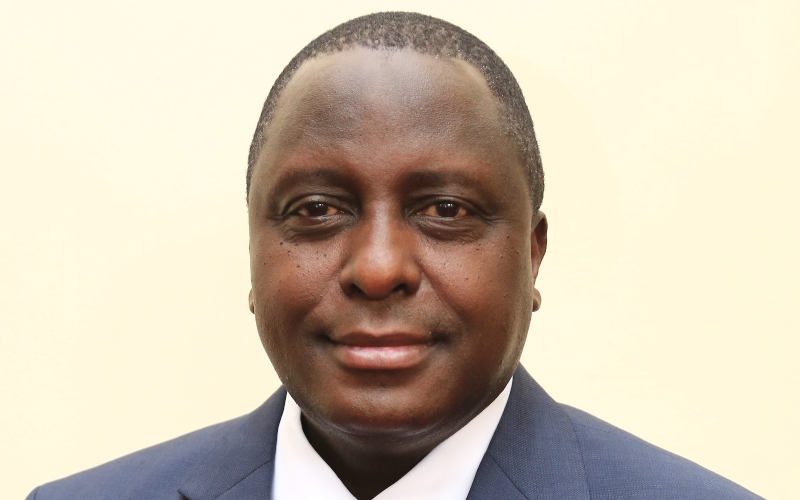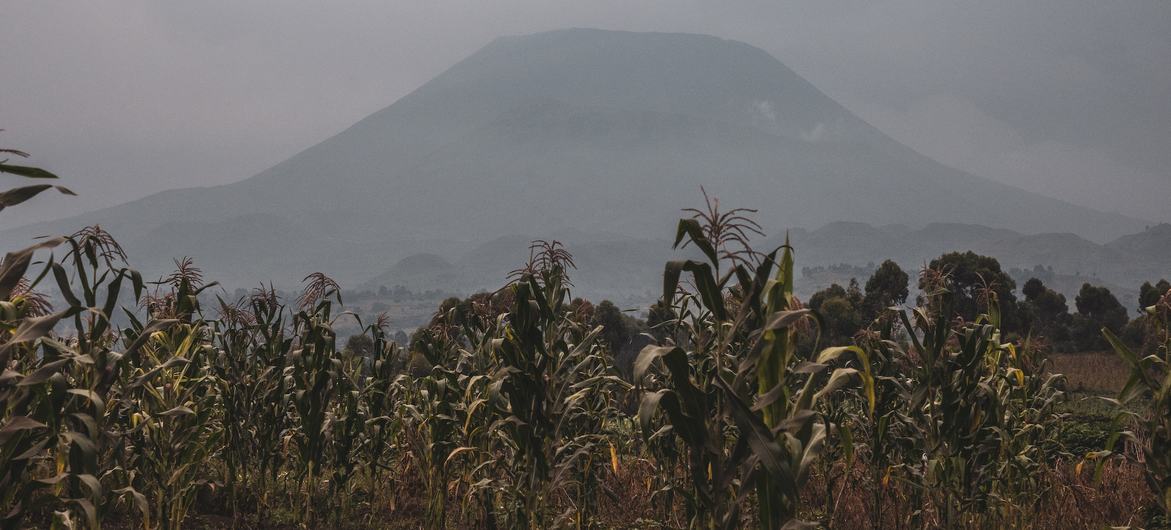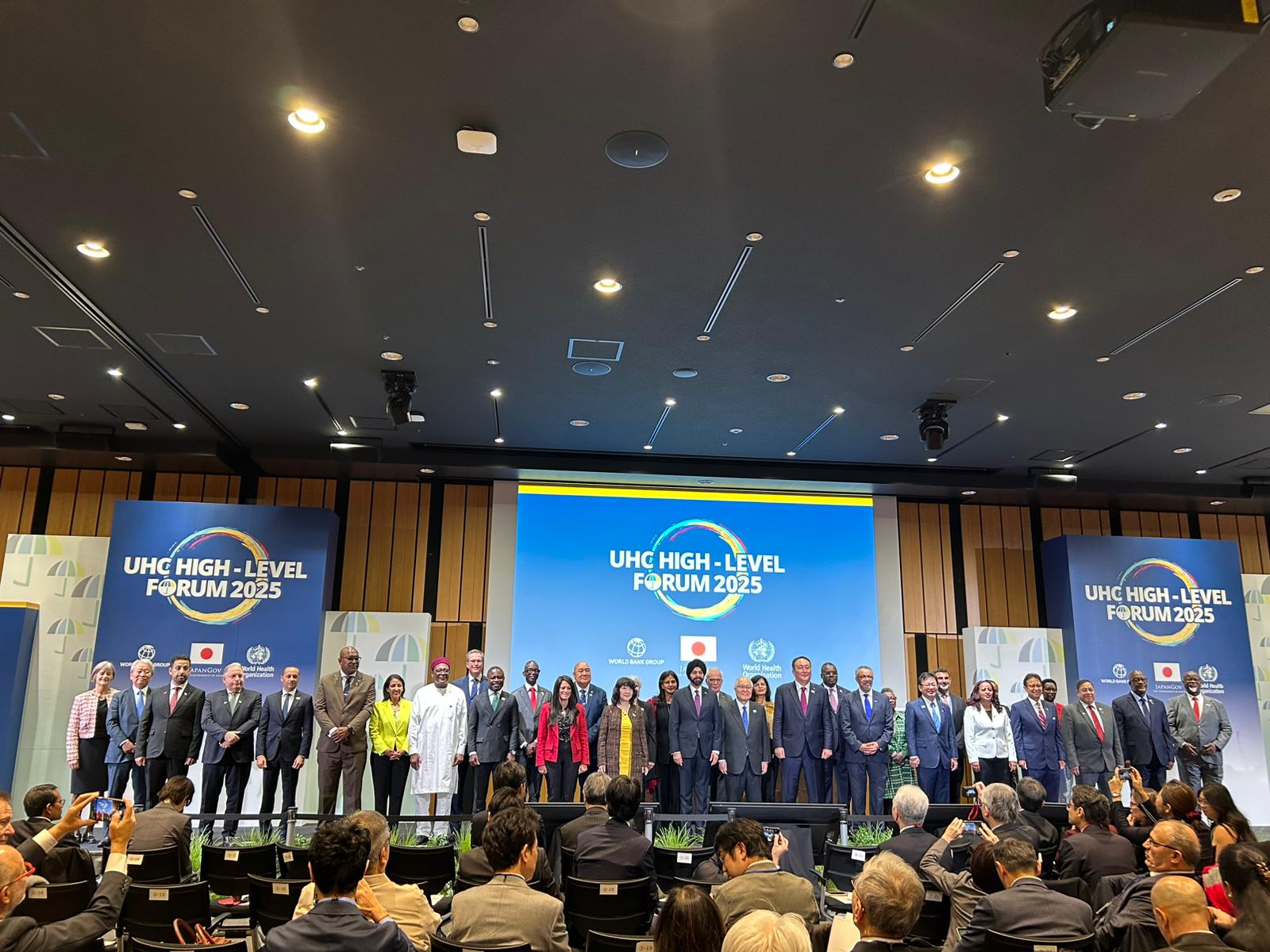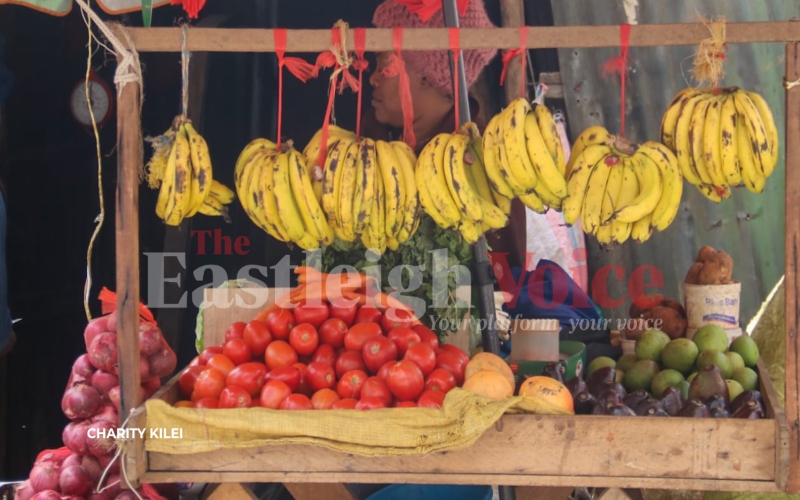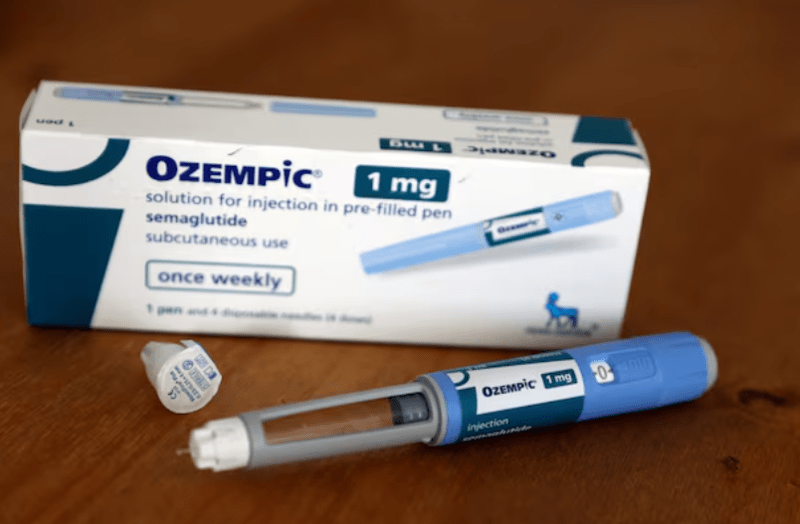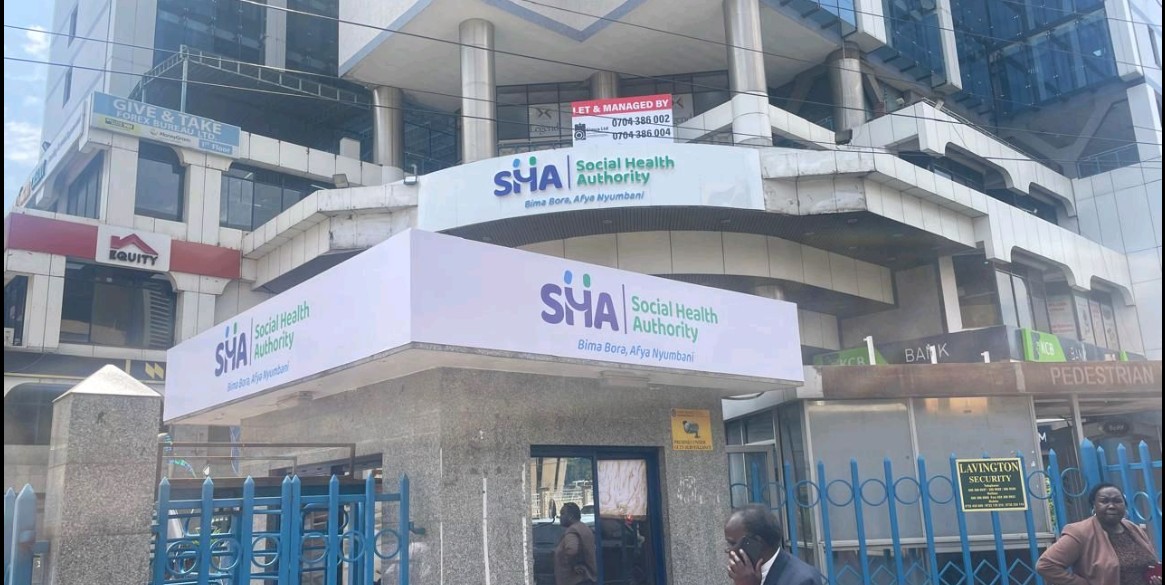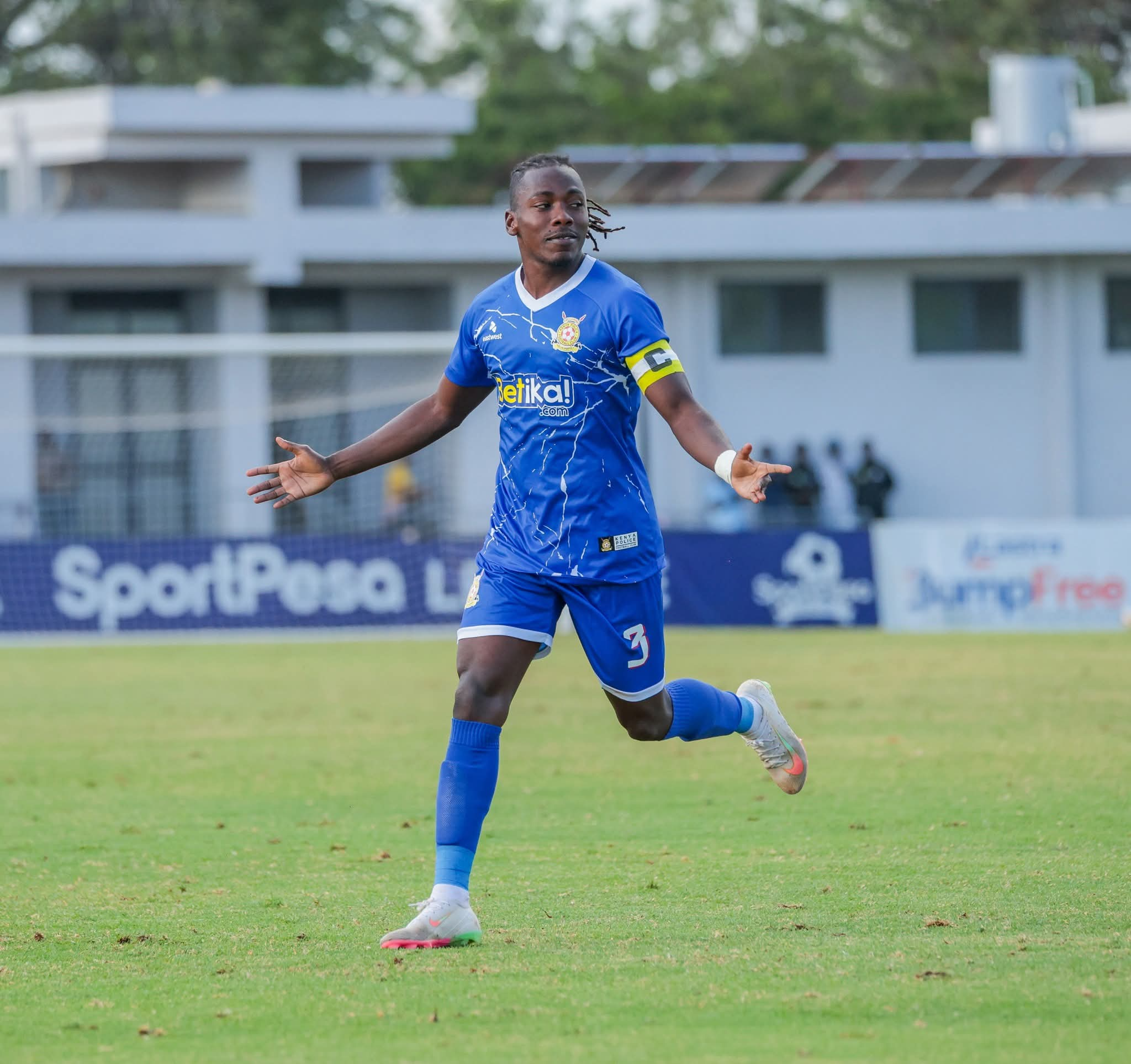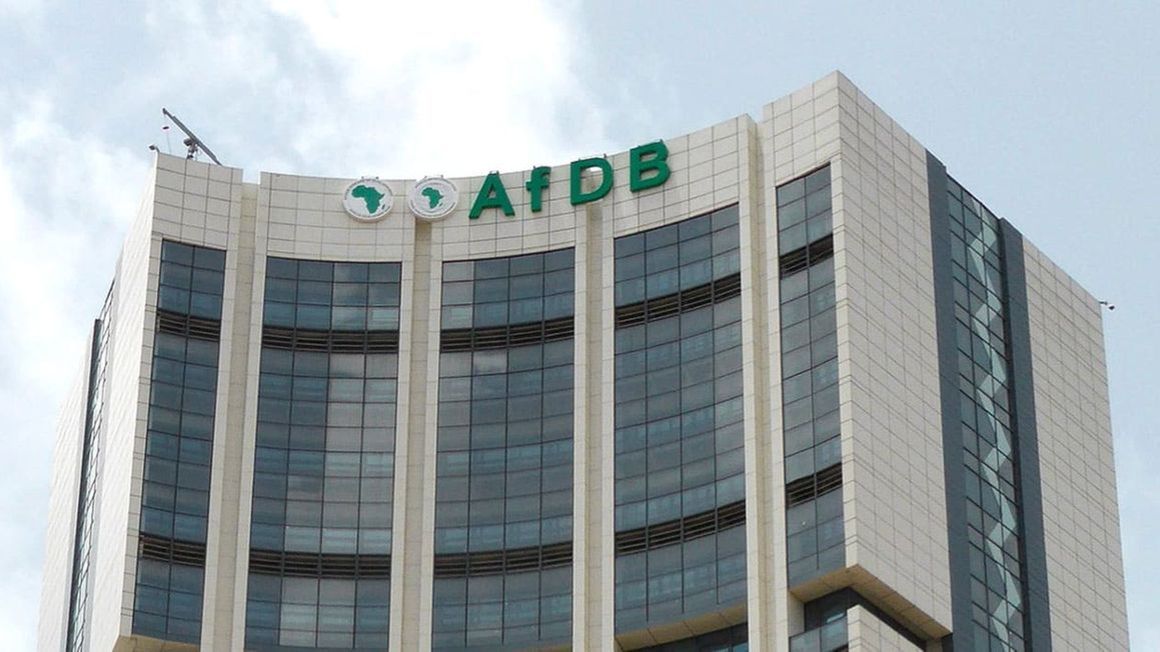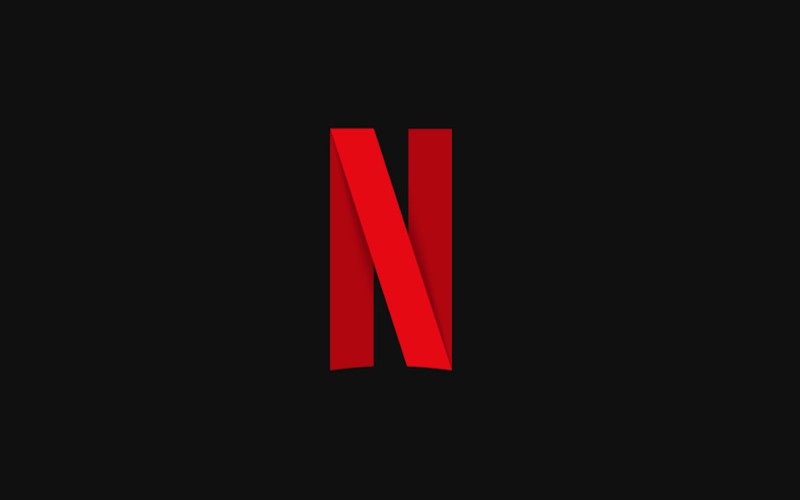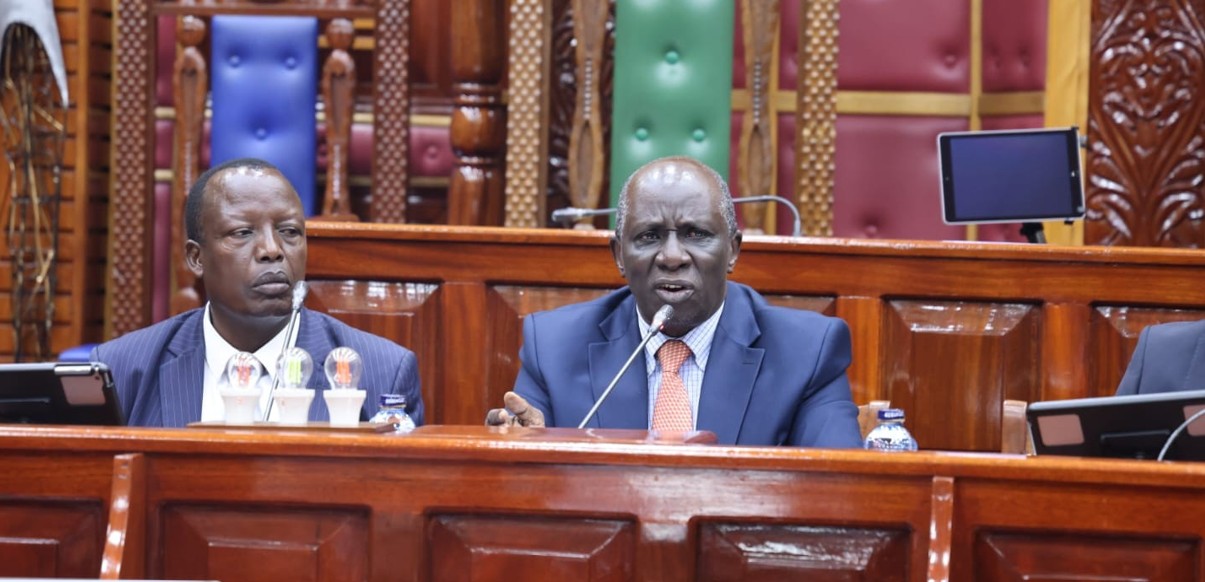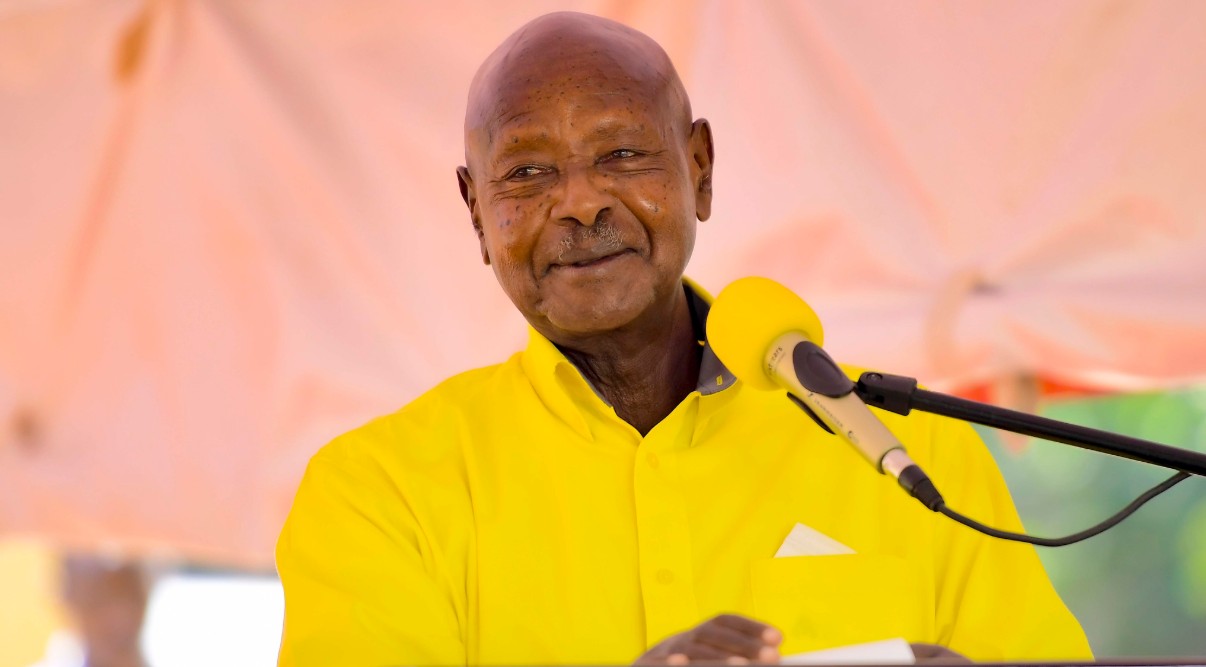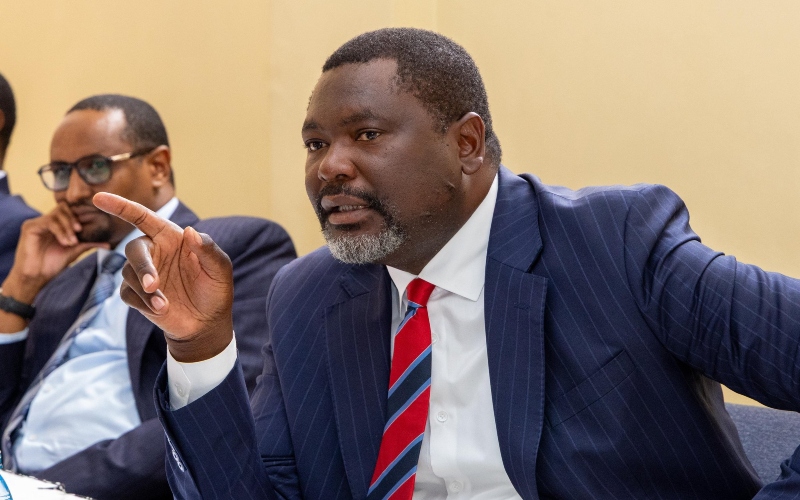How cancer suvivor is offering hope to children diagnosed with the disease
“Cancer is a very lonely disease. I lost friends and was always in isolation, which took a toll on me emotionally. It was like an out-of-body experience, very traumatising."
Sidney Chahonyo recalls the heart-wrenching moment when his usually stoic father was brought to tears by a doctor’s diagnosis.
At 19 years old, Chahonyo had dreams of studying abroad, having passed his exams and being in the process of securing a visa. However, his life took an unexpected turn when he was diagnosed with cancer.
More To Read
- Somalia on high alert as Marburg virus outbreak hits neighbouring Ethiopia
- 10 runners race up Mt Kenya in 10 hours to honour women lost to cervical cancer
- Study shows women under 50 face higher risk of colon growths from ultra-processed foods
- KUTRRH introduces groundbreaking nuclear therapy for advanced prostate cancer
- Over 29,000 Kenyans die of cancer yearly as high costs force them to abandon treatment
- Study reveals why colorectal cancer resists immunotherapy
“When I received the devastating news of my cancer diagnosis, I saw my father vulnerable for the first time, with tears rolling down his eyes. Witnessing his emotional turmoil made me deeply concerned about how my mom and four sisters would react to the news. I was truly shaken,” said Chahonyo, who spoke to the Eastleigh Voice.
Chahonyo, who is nearly turning 40, was diagnosed with post-nasal space cancer after initially experiencing mild symptoms.
“I had mild symptoms like nosebleeds, fever, and nausea. I kept going to the hospital and getting medication, but nothing changed," he said.
Chahonyo remembers being diagnosed with mumps at seven and having a severe reaction to the treatment, which led to hearing loss in one ear. Initially, his symptoms were mistaken for sinus issues, but a visit to a specialist revealed the true cause.
“I felt like my whole life had turned upside down. The treatment took close to six months. First, I did radiotherapy, and after three weeks, I started getting side effects like nausea, vomiting, and pain,” recalled Chahonyo.
Swallowing became painful, and he lost his appetite, surviving on supplements. However, he acknowledged the key role his oncologist played by providing unwavering support and keeping him positive and hopeful.
“Cancer is a very lonely disease. I lost friends and was always in isolation, which took a toll on me emotionally. It was like an out-of-body experience, very traumatising."
Chahonyo also recalled the financial strain the treatment put on his family, losing almost 10 kg within 15 days and spending about half a million shillings weekly on chemotherapy sessions.
“Mentally, I felt very lonely. Everyone else was moving on with their lives, but I had to stay home to deal with the disease. I reached a point where I deleted many contacts and kept only those who genuinely cared.”
After five challenging months, he received the good news that he was cancer-free, though he was left with hearing loss in one ear, necessitating the use of a hearing aid.
Chahonyo gives back to society
Now cancer-free for about 19 years, Chahonyo has dedicated his life to helping others. He started by volunteering at a paediatric cancer hospital to take care of children diagnosed with cancer. Many of the children, he stated, are isolated, staying away from their families for even six months, which is very traumatising.
To bridge the gap, Chahonyo and other partners later founded Hope for Cancer Kids, a foundation providing support to children and their caregivers during chemotherapy and treatment.
“Treating cancer is very expensive, and many endure the disease unsure of what to do. Our foundation helps them with accommodation and other needs as they undergo treatment,” Chahonyo explained.
Married life
Now married with two children, Chahonyo has become a champion for cancer awareness and advocacy, transforming lives with his foundation.
Nasal and sinus cancer is a rare cancer that affects the nasal cavity (the space behind your nose) and the sinuses (small air-filled cavities inside your nose, cheekbones, and forehead). Exposure to certain chemicals or dust further increases the risk of developing this cancer.
Note that some of the symptoms of nasal and sinus cancers can vary but often include persistent blockages in one side of the nose, nosebleeds, a decreased sense of smell, mucus draining from the nose or down the throat, swelling or other issues with the eyes, pain or pressure in one ear, a lump or sore inside the nose that doesn’t heal, and pain or swelling in the face, forehead, or roof of the mouth. Additionally, a lump in the neck may also indicate sinus or nasal cancer.
While there are many types of cancer, prostate cancer is among the most common among men, according to the World Health Organisation.
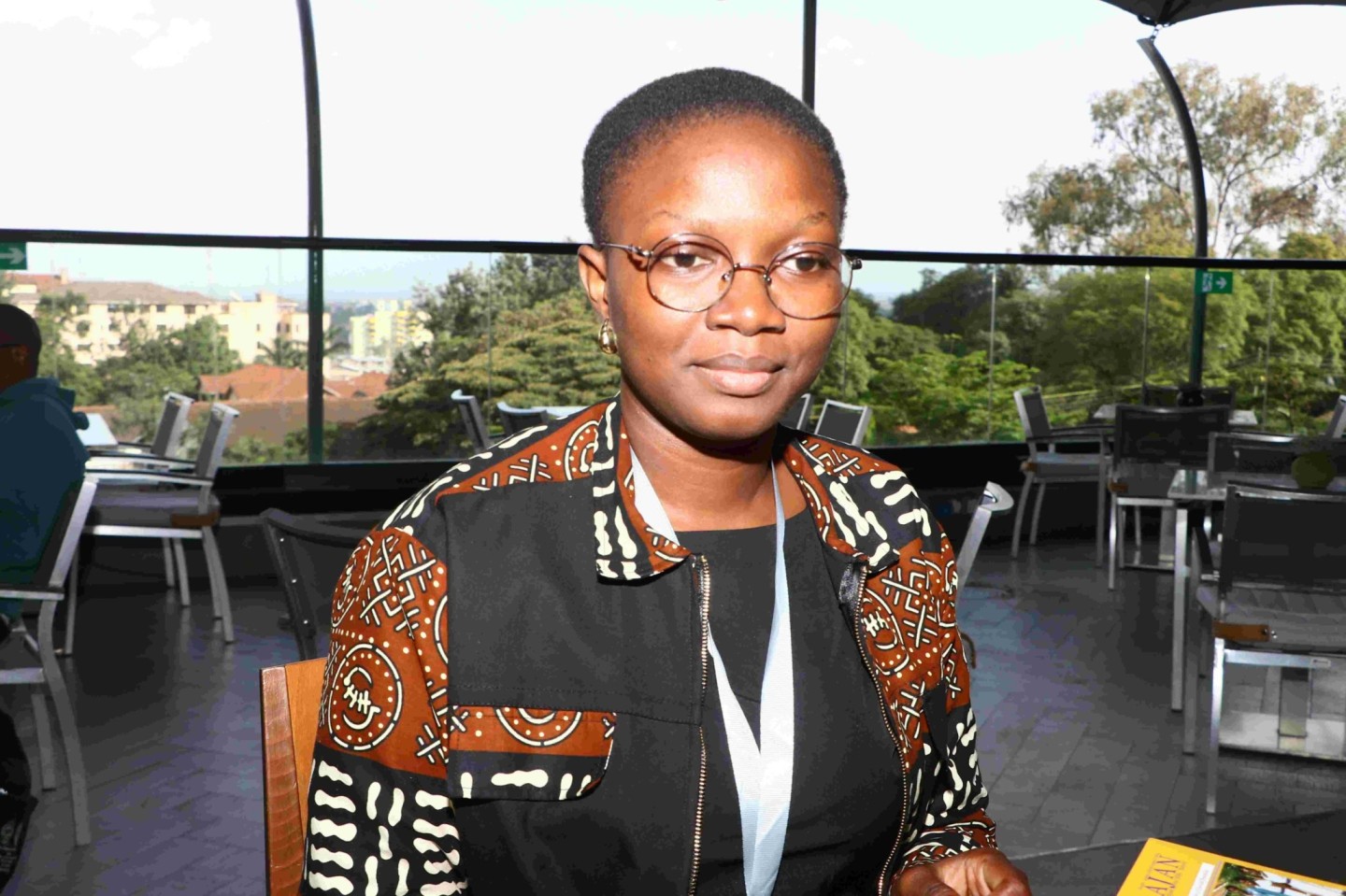 Dr. Vivian Oke from Benin Republic speaks with The Eastleigh voice during an interview at the Radisson Blue Hotel, Nairobi, on June 13, 2024. (Photo: Justine Ondieki)
Dr. Vivian Oke from Benin Republic speaks with The Eastleigh voice during an interview at the Radisson Blue Hotel, Nairobi, on June 13, 2024. (Photo: Justine Ondieki)Dr. Vivian Oke from Benin Republic speaks with The Eastleigh voice during an interview at Radisson Blue Hotel, Nairobi, on June 13, 2024. (Photo: Justine Ondieki)
Dr. Vivian Oke, a physician from Benin, in West Africa, shares that prostate cancer is the most common cancer among men. “Most of the time, people, particularly men, go to the hospital late, especially when it’s a cancer affecting the reproductive organs. Many seek alternative treatments and only come to the hospital when it’s too late,” said Oke.
Dr. Oke highlights the crucial role men play in supporting their families and how cancer significantly impacts them. “When people hear about cancer, they automatically associate it with death, whether it’s curable or not. Many men worry about what will happen to their families.”
She notes that cancer can be draining, even when many people pool their resources together. “It’s important to seek medical attention so that it can be diagnosed early. Many men don’t share their diagnosis due to shame, but it’s essential to raise awareness and avoid self-blame when dealing with cancer,” she advises.
According to the World Health Organisation, cancer is a leading cause of death globally, responsible for nearly 10 million deaths in 2020. The most common type of cancer diagnosed in that year was breast cancer, with 2.26 million cases, followed by lung cancer, which accounted for 2.21 million cases. Colon and rectum cancer were next, with 1.93 million cases, and prostate cancer, with 1.41 million cases.
Top Stories Today
